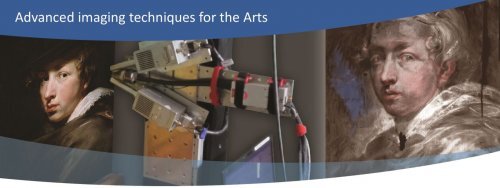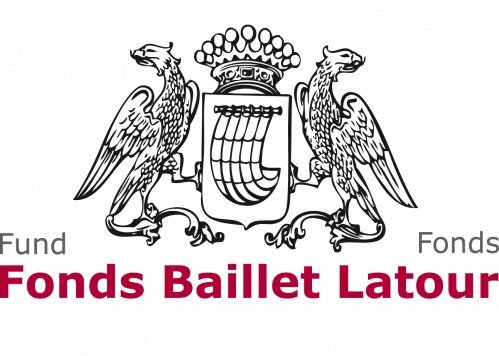
It is well-known that the Baillet Latour fund cherishes a passion for the preservation of our cultural heritage. Next to numereous other projects, the BLFund has been supporting this chair on 'Advanced Imaging Techniques for the Arts' since 2014. The chair is held by cultural heritage scientist Geert Van der Snickt who is the first promovendus in conservation techniques to his name. His work focuses in particular on the chemical analysis of cultural heritage and i.e. on the chemical imaging of entire paintings, a recent development within this field.
The classic methods to study paintings in a non-invasive way are X-ray radiography or infrared reflectography, techniques that yield an image that is informative on the structure of a painting but do no allow direct identification of materials. Within this Chair, we go a step further by exploring so called 'chemical imaging' methods such as MA-XRF scanning. Suchscanning instruments provide chemical information from the entire object (both on and below the surface) while the ensuing analytical results are presented in the form of an image. In this way, the resullting images display the distribution of artists' materials over the surface, data that can be easily interpreted by all stakeholders such as conservators, art historians etc. In the past these techniques have provided information that appeared invaluable for conservators and steered the treatment of key works of art, as illustrated elsewhere on this website. Additionally, new insights in the genesis and compositional changes of paintings under study has prompted art historical scholars to reconsider the authentification of paintings or (re-)attribute them to Rembrandt, Van Gogh, etc. In the past, the AXES research group had worked frequently, but rather coincidentally, on paintings ondergoing conservation treatments that were supported by the Baillet Latour Fund. This valuable partnership will now be deepened and perpetuated thanks to the new chair. Apart from intensifying the deployment of chemical scanners in the field, this Chair will also allow refining the technique and disseminate the obtained knowledge through education.
This chair is supported by:

In this way, three types of acitivities will be developped within the chair:
- Education: disseminate technological developments regarding chemical imaging to the field of action, in particular by teaching a course to Master students Conservation-Restoration and Heritage Studies (UA), interns of the KIK-IRPA, and various lectures and publications
- Research: applied research to optimise the existing MA-XRF scanning technology and to adapt the scanner for the study of various heritage materials (stained glass, ceramics, paper, wall paintings, etc.). Instrumental research with the aim of translating other analytical setups to mobile scanning instruments that can be deployed in museums (e.g. mid-rFTIR and MA-XRD)
- Service: perform imaging experiments in museum to support ongoing conservation treatments of Belgian 'topstukken' and to gain insight into the studio practice of important artists such as Van Eyck, Rubens, Magritte, etc.